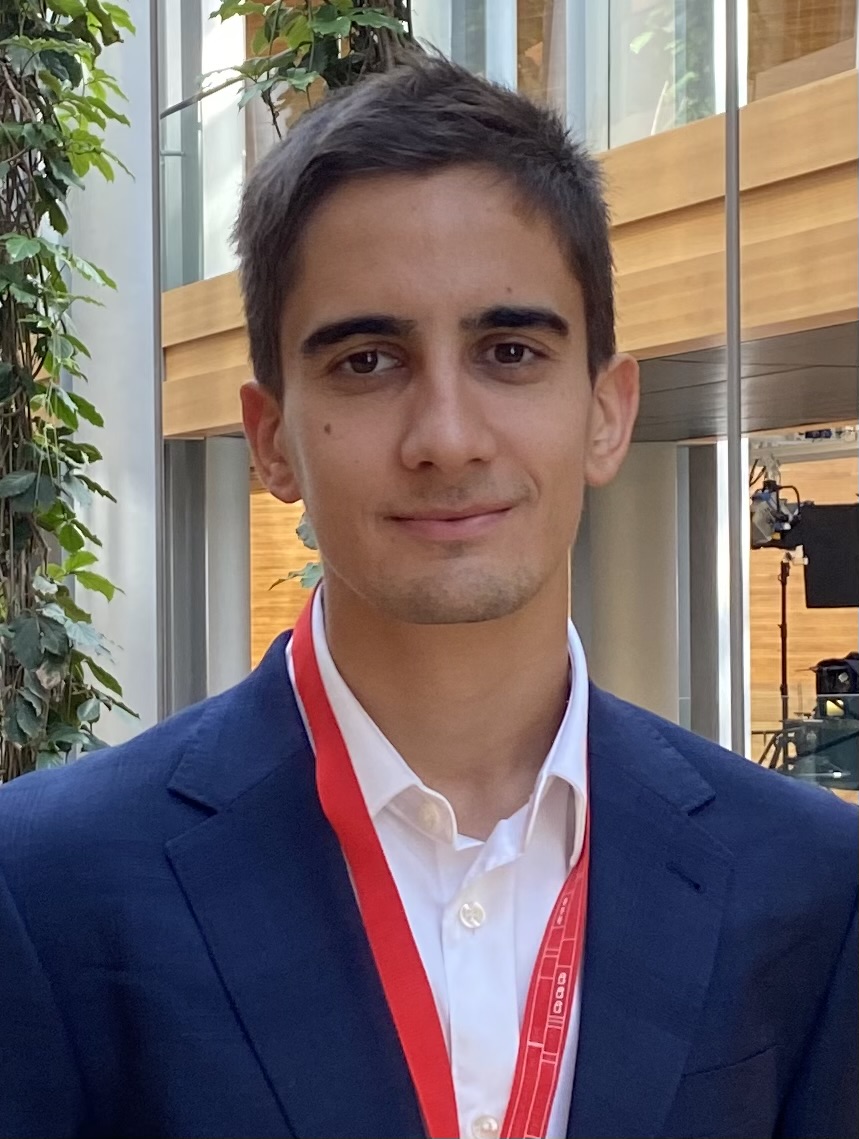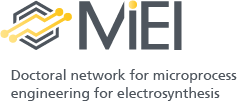
About my academic career
Born and raised in Spain ![]()
currently working at 
B.Sc in Chemical engineering @ University of Cantabria
Bachelor thesis: Advances in the development of BiVO4 and WO3-based photoanodes for continuous gas-phase CO2 photoelectroreduction to value-added products.
M.Sc in Chemical Engineering @ University of the Basque Country
Master thesis: Modelling, simulation and techno-economic assessment of a pervaporation unit for the dehydration of cyclohexane.
–
About my thesis - Multiphase electrosynthesis
Exploring the potential of 3D printing technology for designing and rapidly prototyping electrolyser cells is a promising avenue within the MiEl project, that can harvest results in terms of understanding of the electrochemical cell behaviour, optimizing cell architecture, and providing new opportunities for sensor coupling, among others:
The first aspect, identifying the most suitable materials for the printing process, considering the alkalinity of the media, pressure, and temperature, together with ease in printing and general properties of the material. Also, exploring the feasibility of printing more complex structures such as catalyst layers or porous structures for catalyst deposition.
The second focus involves examining the architecture of the cell and how this may affect the process performance. Leveraging the flexibility of 3D printing, diverse cell configurations will be tested to determine the most efficient and robust design for enhanced productivity.
The third aspect addresses the integration of sensors into the cell. Incorporating sensors into the cell offers a valuable means of understanding the electrolyser’s behavior under varied conditions. Through this approach, concentration, temperature or pressure profiles can be drawn and analysed.
Simultaneously with cell prototyping, an emphasis will be placed on modelling the entire CO2 to CO conversion system. The models derived from this effort will provide insights on what conditions are particularly important and guide the direction of the prototyping efforts.
